Reflection by Bishop Enrique Díaz: “This is my Son, my chosen one, listen to him”
Second Sunday of Lent
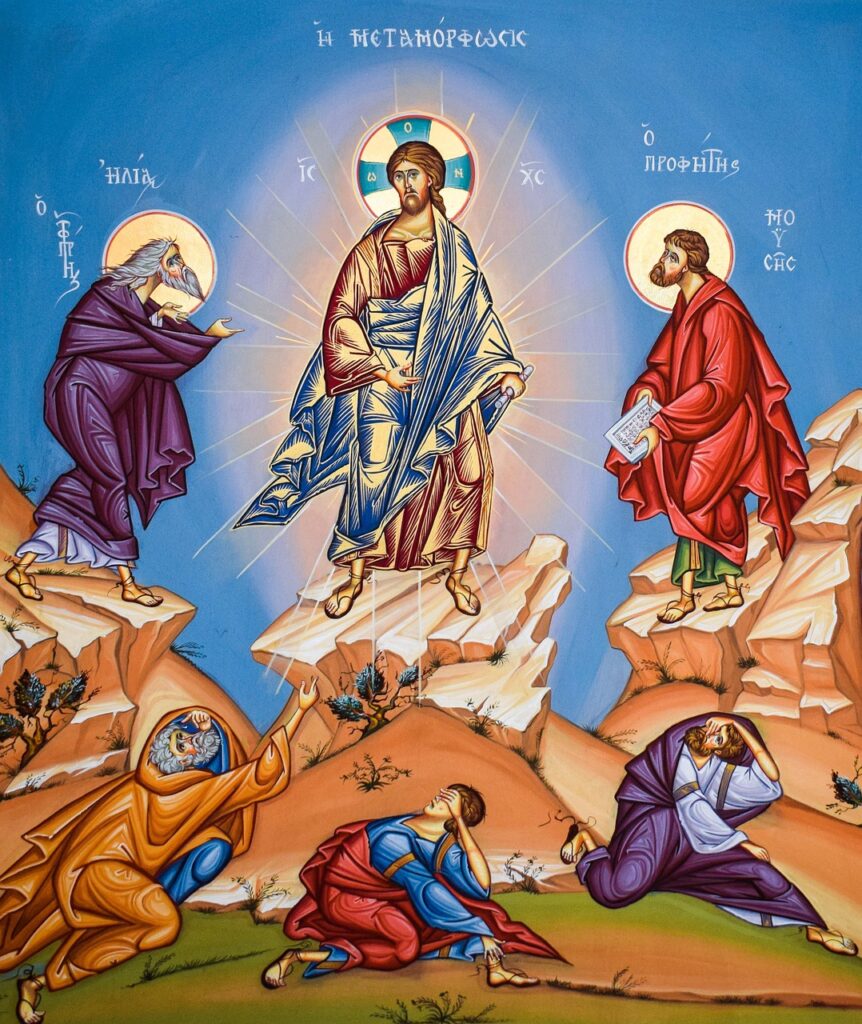
Bishop Enrique Díaz Díaz shares with Exaudi readers his reflection on the Gospel for this Sunday, March 16, 2025, entitled: “This is my Son, my chosen one, listen to him.”
***
Genesis 15:5-12 17-18: “God makes a covenant with Abram”
Psalm 26: “The Lord is my light and my salvation”
Philippians 3:17-4:1: “Christ will transform our miserable body into a glorious body like his own”
Luke 9:28-36: “While he was praying, his face changed”
We have reached the second Sunday of Lent, and Jesus, like those three disciples, invites us to accompany him, to follow him, and to remain with him. Why us? Because his mission and our following him seem very difficult to us too. Peter made the great proclamation in response to Jesus’ question: “But who do you say that I am?” With wisdom and courage, he affirmed: “You are the Christ of God,” but then he was disconcerted when he heard Jesus speak of the Son of Man having to suffer and be rejected, that he would be condemned to death, and that after three days he would rise again. Jesus also adds that if anyone wants to follow him, they must deny themselves, take up their daily cross, and follow him.
All of this sounds like nonsense to Peter, and to us as well. A Messiah is expected, he is eagerly sought as the true, powerful liberator, and such a tragic fate does not fit the disciples’ expectations. Carrying crosses and denying oneself seems incomprehensible in the mindset of Peter and his companions. It is also difficult for us to understand that whoever loses their life will gain it, and whoever wants to save themselves will be lost. That is why there is confusion among the disciples, and why there is also confusion among us who seek a comfortable, peaceful, and uneventful life. The complete opposite of what Jesus proposes. How can we understand it? Only if we allow ourselves to be guided by Jesus, if we accept his company, will we be able to understand him.
“He went up on a mountain to pray.” The mountain represents closeness to God; it represents placing oneself in the presence of God and seeing things as God sees them, with “his eyes and his heart.” When we remain at ground level, our purposes and interests become base. We must climb the mountain, we must raise our eyes, we must detach our eyes and hearts from material goods in order to understand the meaning of life. Christ leads them to the mountain so that they may elevate their goals, so that they may understand the meaning of his “exodus” and of the ascent to Jerusalem. In an atmosphere of prayer, of sharing our hearts, we will be able to express our fears, but also receive the consolation and “explanation” that Jesus gives to his life. His explanations are experiences lived in his presence. His face is transformed, like Moses’s when he was in the presence of the Lord. Elijah and Moses himself appear, speaking of death, “the exodus,” that awaited him in Jerusalem. Peter and his companions overcome sleep to contemplate the scene and intend to remain merely contemplative. But the Kingdom of God is not only contemplating, but building and carrying the cross. Transforming the faces of our suffering brothers and sisters into the faces of the living Jesus.
“This is my Son, my chosen one, listen to him.” This is the voice that is heard and the program offered to those who approach this scene. We could say that it is the central theme of this “theophany” or manifestation of God. Yes, he has revealed his glory and the disciples have been covered by the cloud, but everything has a purpose: to listen to the voice of the Son, to hear his good news. To be impacted by his message and to transform, to change our lives. This is the key to the story: to be close to Jesus, it is not necessary to pitch our tents, but to listen to him, to live by his word. The pilgrimage is not over; we are on our way, even though the transfiguration briefly illuminates the scandal of the foretold cross. Each of us, on our way to our exodus, looks to the mountain in heaven, as Israel looked to Mount Sinai in its exodus. On that mountain, in the figure of Jesus, in his words, in his death and resurrection, we will find the path of transfiguration. We would not desire death, but death is a sign of love. And, if death is the greatest of absurdities, since Christ, since his death and resurrection, glimpsed today in the Transfiguration, risking one’s life, spending it in the struggle for justice and solidarity, for truth and life, is the fruitful event par excellence, since Christ associates with himself a multitude of brothers and sisters.
In the context of Lent, the Transfiguration of Jesus also helps us understand our own transfiguration and the transfiguration of the world in which we live. If we affirm that every man and every woman is the face of Jesus, we will have to recognize that we have disfigured it both in ourselves and in others, and that it will be difficult to recognize the face of Jesus in the caricature of a face offered by the people of our time: misery, extreme poverty, and marginalization continue to make faces of Jesus’ face. But they are also faces of that same face: faces covered with wealth and power, faces hidden under the veils of luxury, faces eaten away by hatred and war, faces distorted by pleasure or by the buying and selling of people. Today, our challenge is to discover the face of Jesus in every person and restore true dignity to each of them. Today, too, our faces must “reflect” that serenity and presence of God. May Lent be a time of prayer and attentive listening to the voice of the beloved Son.
Lord, Holy Father, you commanded us to listen to your beloved Son, nourish our faith with your word and purify the eyes of our spirit, so that we may rejoice in the contemplation of your glory and discover his face in each of our brothers and sisters. Amen.
Related
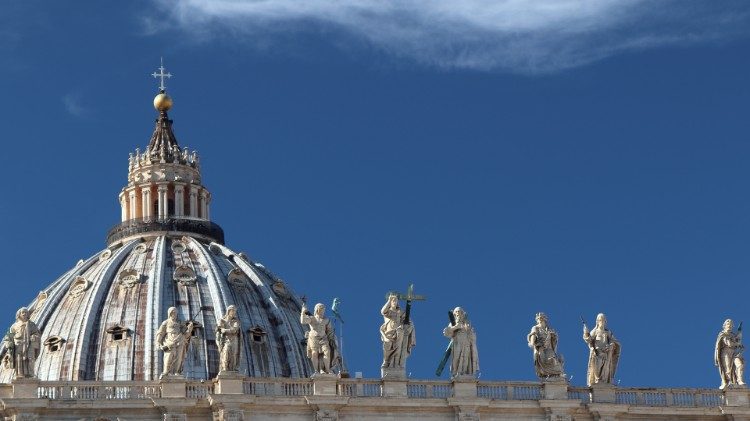
The Vatican Suppresses the Sodalitium of Christian Life After a Long Discernment Process
Exaudi Staff
15 April, 2025
1 min
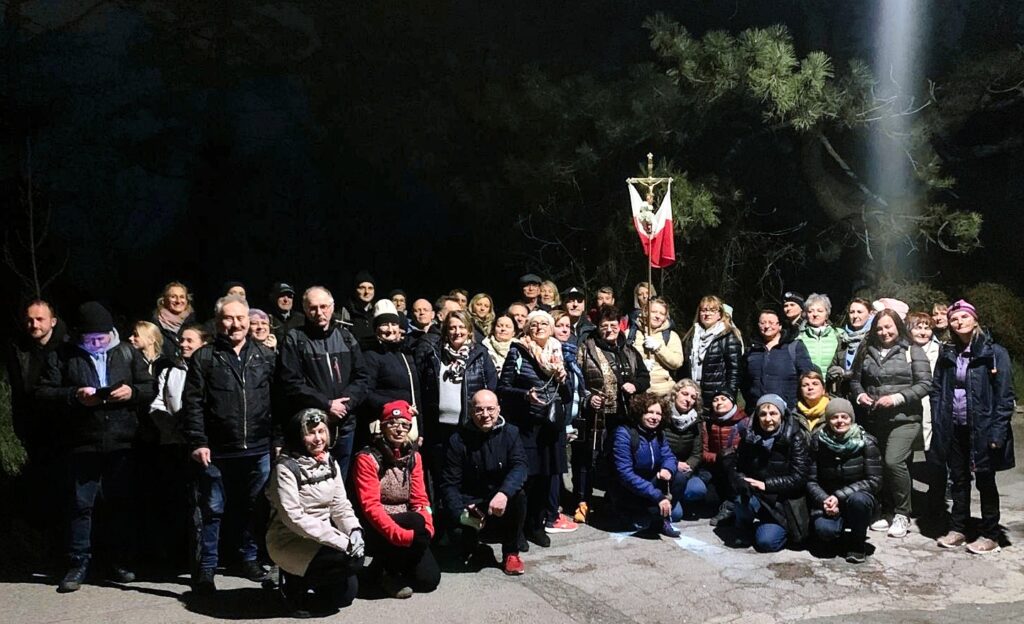
From Kahlenberg to the Papal Cross – Polish Night Way of the Cross in Vienna
Heschel Centre for Catholic-Jewish Relations at the Catholic University of Lublin
15 April, 2025
2 min
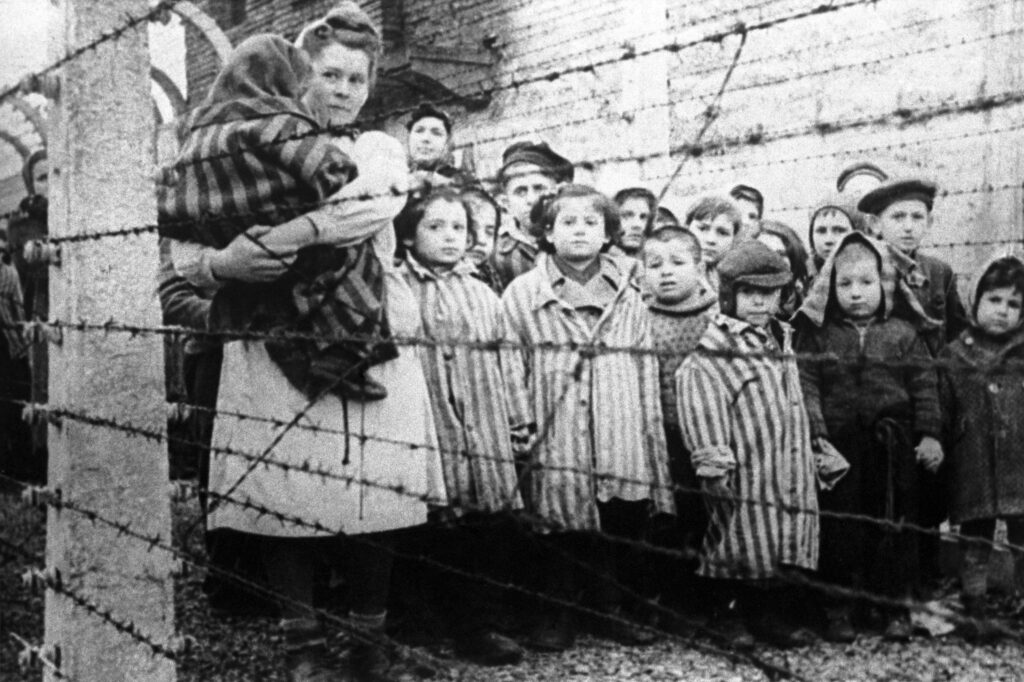
“I Will Never Be Herod for the Innocents”
Wlodzimierz Redzioch
14 April, 2025
6 min
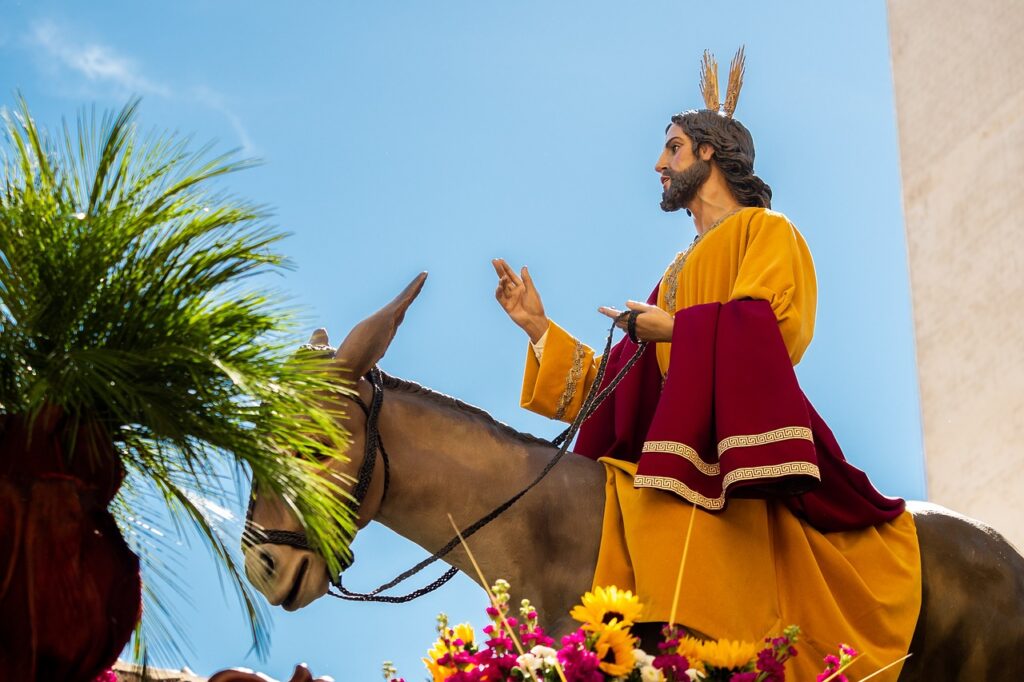
Reflection by Bishop Enrique Díaz: On a Donkey
Enrique Díaz
13 April, 2025
5 min
 (EN)
(EN)
 (ES)
(ES)
 (IT)
(IT)

